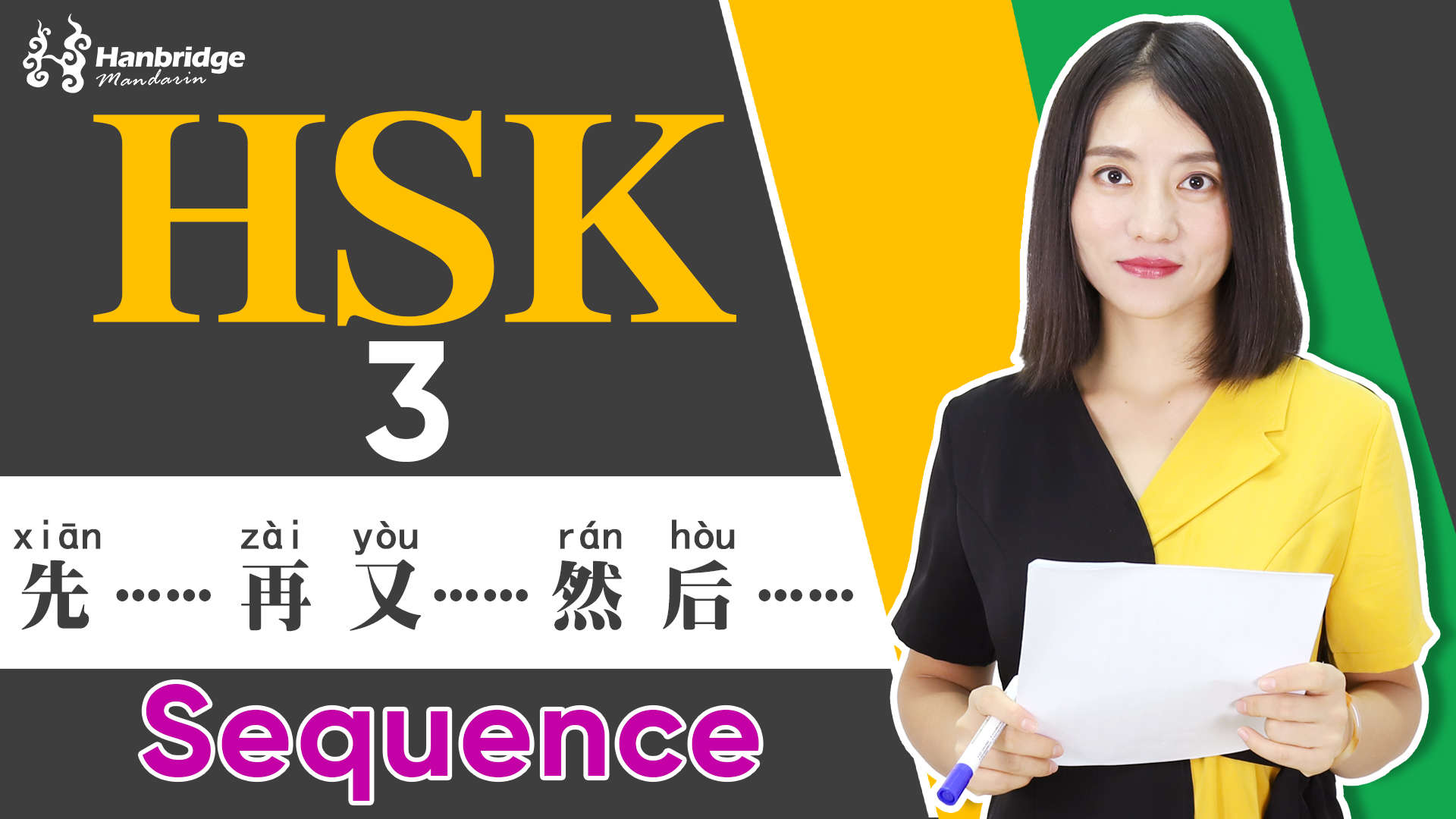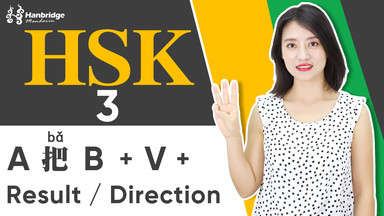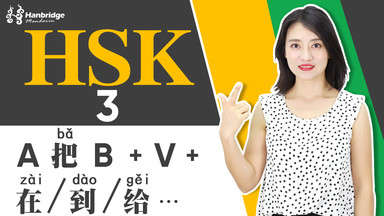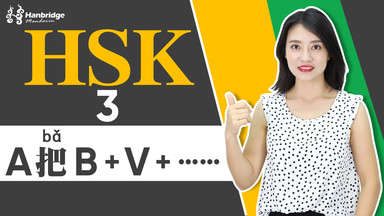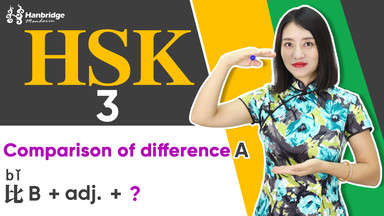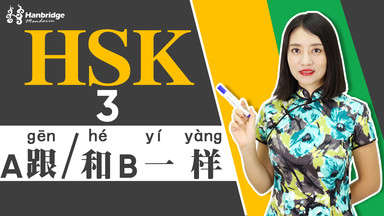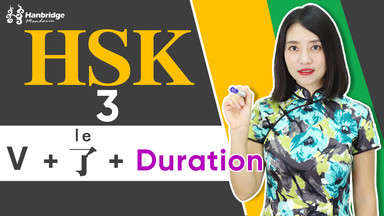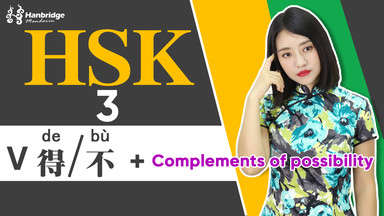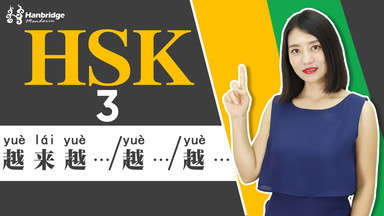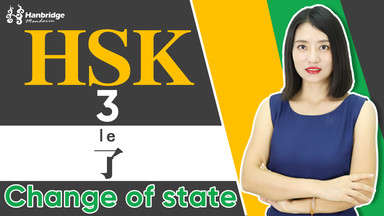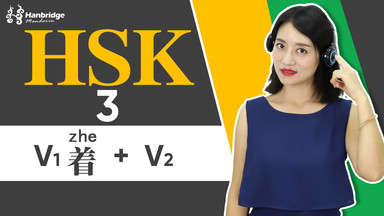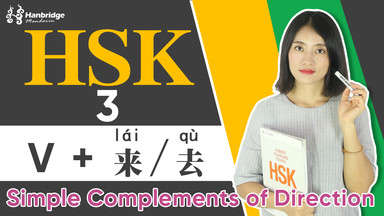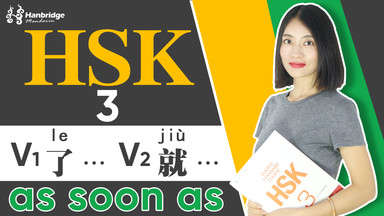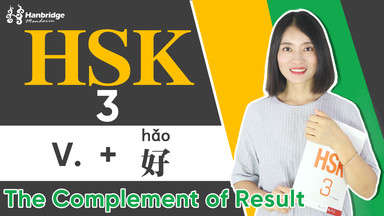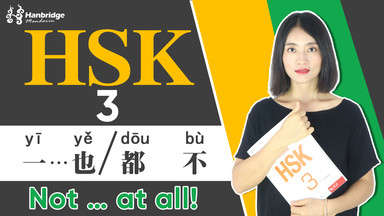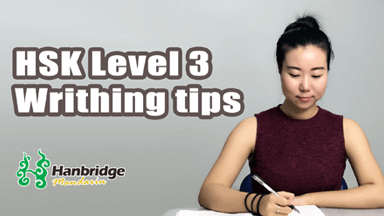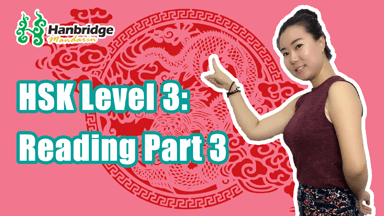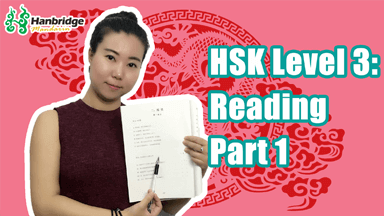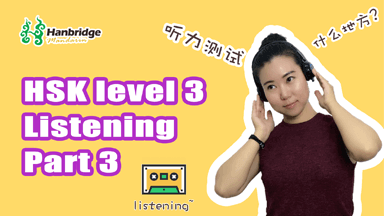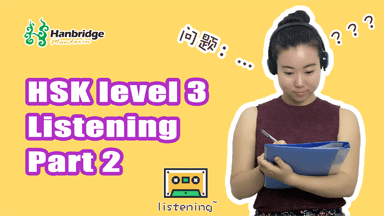HSK 3 Sentence Structure 2
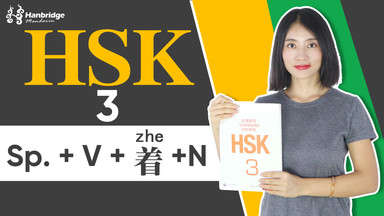

Teacher: Vikki Lv Experience: 4 years
HSK 3 Sentence Structure 2
Teacher : Vikki Lv
你好!我是汉桥的老师,欢迎大家和我一起学习HSK3. See what are there in this picture:
Some books on the table, right? 桌上有一些书。
What about this one?
Also some books on the table. So you can say 桌上有一些书。
This is right, but with 有 you can’t tell the difference between them. But with the word着, we can do it.
For the first picture, we say桌上放着一些书。Some books are placed on the table.
For the second picture, we say桌上摆着一些书。Some books are well organized on the table.
In Chinese, the structure Sp. + V + 着 + N means there is something/somebody somewhere. In this structure, the verbs放 挂 摆 … are often used.
Let’s try to describe what are there in the following pictures:
客厅里摆着沙发和电视,墙上挂着一幅画。
卧室里放着床和衣柜,墙上挂着一张照片儿。
厨房里放着一个冰箱和一个微波炉,冰箱里放着很多饮料。
洗手间里边放着一个洗衣机,墙上挂着几条毛巾。
As you may have noticed, the nouns after着are normally indefinite objects, like: 一幅画,一张照片儿,很多饮料,几条毛巾rather than definite ones like 这幅画,那张照片儿and so on.
Okay,Let’s see what can be found outside the house.
饭店门口停着几辆车。
车旁边站着一个漂亮的女人。
那个女人手里拿着很多东西。
我们一起看一下以前的考试题:
1. 你看,这上面写着1.21元,前面的1表示元…… -H31002
2. 他们家旁边有一条小河,河边有高高的树,河里游着一种黄色的小鱼。-H31003
3. 草地上开着五颜六色的花儿。-H31004
好了,你学会了吗?来做一下练习吧:
--饭店门口 (/) 几个年轻的女孩。(站)
--他很喜欢看书,他家的书架上 (/) 好多好多书。(摆)
--他家的冰箱里 (/) 蔬菜和水果。(放)
你喜欢和我们一起学习吗?If you like it, please subscribe and stay tuned.下次见!

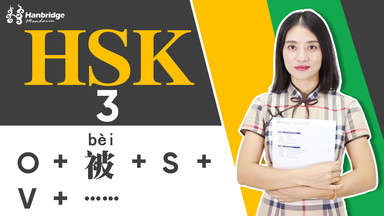

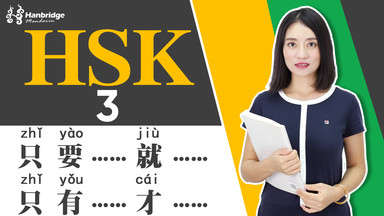
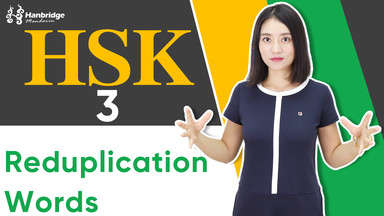
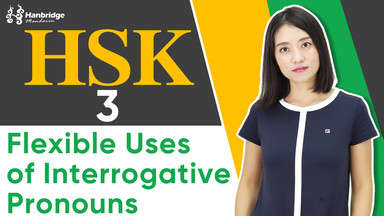
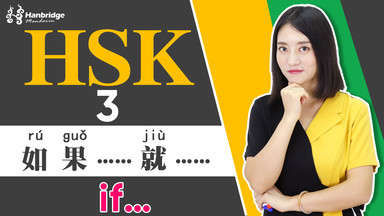
.jpg)
